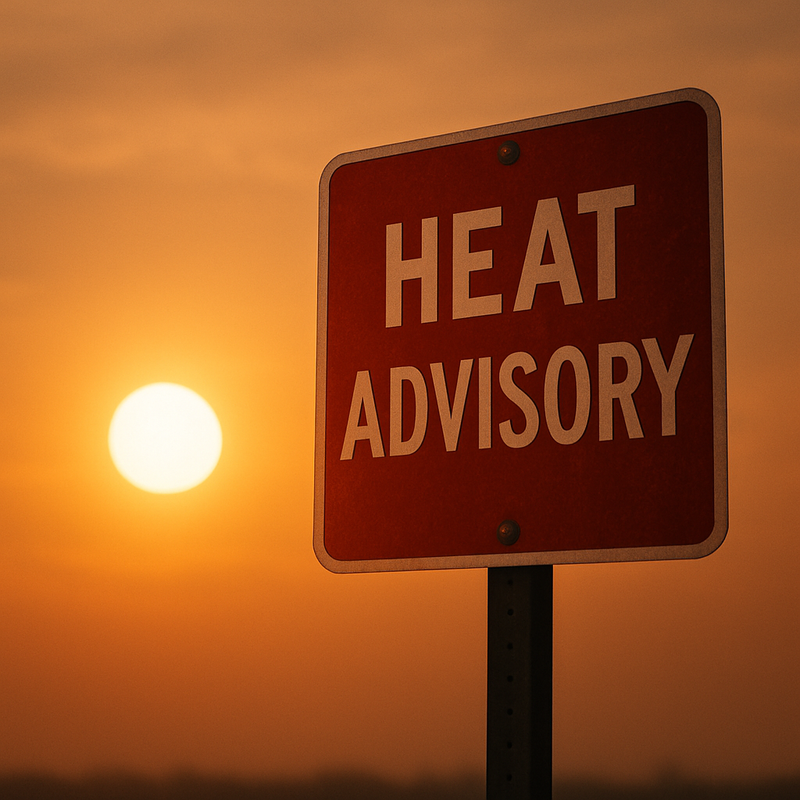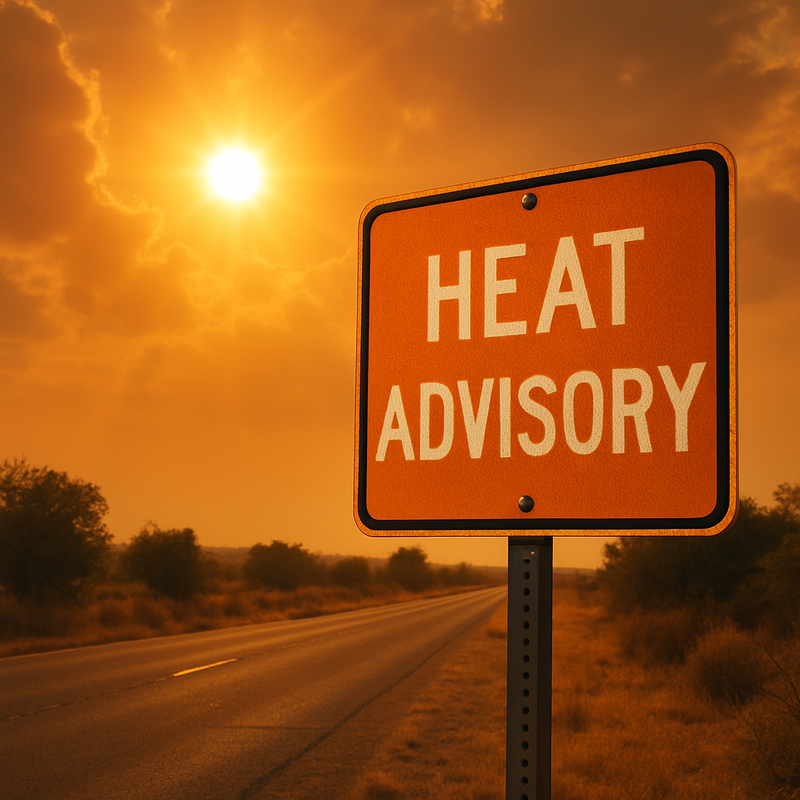
A heat advisory is typically declared when the heat index—a measure combining air temperature and relative humidity—reaches a critical threshold where the risk of heat-related illnesses is greatly heightened. This threshold varies by region, recognizing the different adaptation levels of populations to heat. For instance, what qualifies for a heat advisory in the cooler Northeastern United States might be a typical summer day in the arid Southwest. The implications of a heat advisory are serious because it warns of conditions that require changes in normal behavior to avoid illness. Vulnerable populations such as the elderly, children, and those with pre-existing health conditions are particularly at risk. ### Precautions and Safety Tips When a heat advisory is in effect, it is crucial to take proactive measures to mitigate the effects of the heat. Here are several strategies to ensure safety during these extreme conditions: Stay Hydrated: Increase your fluid intake regardless of your activity level. Avoid alcoholic and caffeinated drinks, as they can lead to dehydration. Avoid Heat Exposure: Stay indoors in air-conditioned environments as much as possible. If air conditioning is not available, seek out public places that offer cooling relief like libraries, shopping malls, or community centers. Wear Appropriate Clothing: Lightweight, light-colored, and loose-fitting clothing helps keep your body cool. Hats and sunglasses can protect you from direct exposure to the sun. Limited Outdoor Activity: Try to schedule any necessary outdoor work or exercise in the early morning or evening when temperatures are cooler. Avoid strenuous activities during the hottest part of the day. Use Sunscreen: Protect your skin by applying sunscreen with a high SPF. Sunburn affects your body’s ability to cool itself and causes fluid loss. Never Leave People or Pets in Parked Cars: Temperatures inside a closed vehicle can quickly rise to dangerous levels, even with the windows cracked open. ### Recognize the Signs of Heat-Related Illnesses Knowing the signs of heat-related illnesses can help prevent a serious situation from becoming critical. Heat exhaustion symptoms include heavy sweating, weakness, cold, pale, and clammy skin, fainting, and vomiting. Heat stroke is more severe and requires immediate medical attention; symptoms include a high body temperature, rapid and strong pulse, and possible unconsciousness. Here is a simple step-by-step guide on what to do if someone is experiencing heat exhaustion or heat stroke:
- Move the person to a cooler environment
- Loosen clothing
- Apply cool, wet cloths or have them take a cool bath
- Offer sips of water unless nausea occurs

- For heat stroke, seek immediate medical assistance while trying to reduce the body temperature with cool cloths or a bath ### Community Response and Preparedness Communities must also adapt and prepare for increased frequencies of heat advisories. Programs that provide access to air-conditioned spaces and community hydration stations are vital during heat waves. Local governments and health departments often increase public communications about the risk and availability of resources during these events. ### The Bottom Line Being informed and prepared for heat advisories can significantly mitigate their impact. Remember that children, the elderly, and people with chronic illnesses are especially vulnerable during high heat events. By taking appropriate steps before and during a heat advisory, communities and individuals can protect themselves effectively against the dangers of high heat levels. Taking these precautions seriously can mean the difference not just in comfort, but in health and survival during extreme weather conditions.
